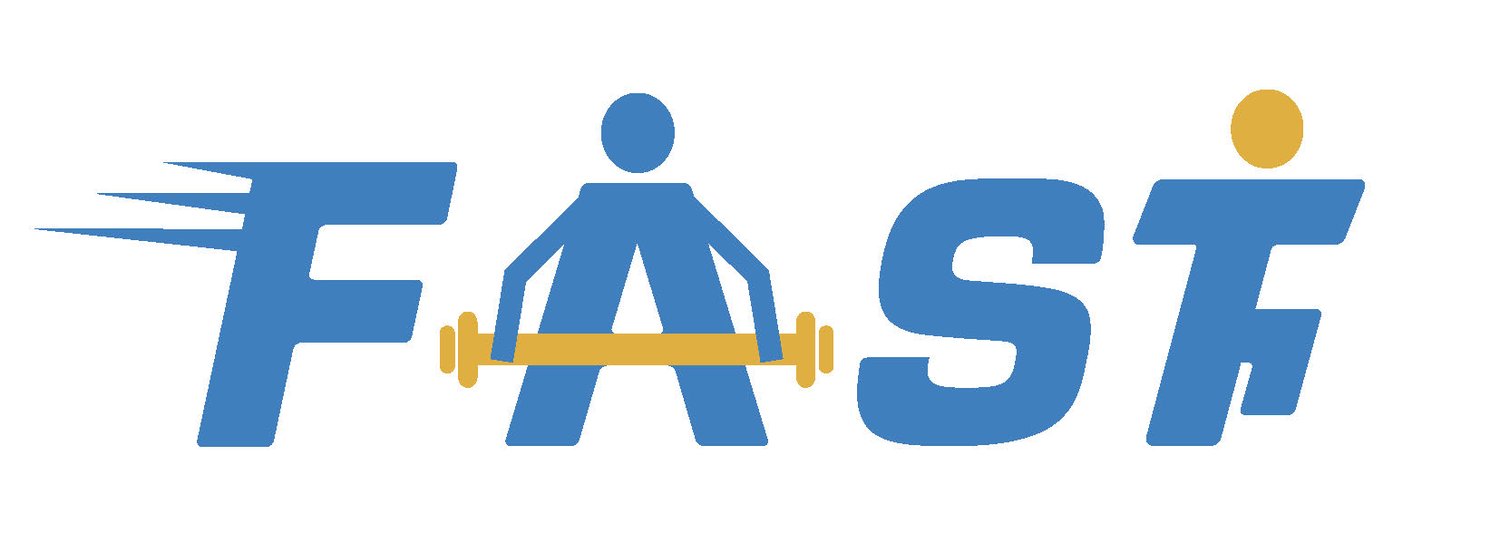Netball: What to do in the gym for performance and to reduce the risk of injury.
The previous article has persuaded you that lifting is a good idea for Netball. But where do you start with going into the gym. The internet and social media are full of gym program making many promises with the vast majority focused in physique/body image. The small amount that do suggest focusing on athleticism are derivatives of the bodybuilder/physique programs that don’t take into account the fact those who play and train for Netball don’t have time for a 4day per week split routine when looking at a full time job and possibly family as well.
Generally Netball players commit to 1 or 2 training sessions per week. Then during season there are 1-2 matches per week. So that can be 2-4 commitments per week, which players also need to recover from. This is where I’ve found 2 gym sessions per week slot in ideally with the amateur Netball players I’ve worked with. Not too much commitment to interrupt work or playing but enough stimulus to promote development in athletic ability. Bear in mind that when coaching professional Rugby I would only program in 2 weight development sessions per week with a 3rd power activation session when they played Saturday to Saturday.
These two gym sessions should be concise whole body sessions. Training the whole body means that more movement patterns can be trained or the same movement pattern can be stimulated twice in a week. So there is less fatigue then doing a leg day then having to train the day after and then they get not lifting stimulus for 6 days. Little bit more often will have less impact on training or playing and more opportunity for stimulation.
2 whole body sessions per week.
Notice above I wrote train movement patterns as opposed to muscles. Unless taking part in body building or physique competitions it doesn’t matter what the muscles look like. But it does matter how good movement is around court. Netball involves lots of cutting, short accelerations, deceleration and jumps mixed with catching and throwing the ball from different positions.
Therefore squats are great for jumping, very similar movement that can be loaded. Reverse lunge hits a running action, lateral lunges a change of direction action. Bench press variations hit the throwing action. There is no need to get fancy with the exercises especially when starting out. There are movement patterns that are foundational to establish before moving onto some more fancy exercises.
Train movement patterns rather than muscles.
However, balance does need to be addressed. Having muscles out of balance can be the cause of injuries (Pereira et al, 2022) and on the way will probably restrict how much force can be produced in a movement. So performing pull exercises for the upper body and hamstring for the lower body will assist in developing performance.
In considering training movements rather than muscles don’t go to the other extreme. Exercises do not need to exactly replicate the movement, so don’t worry about trying to replicate the exact movement you want to strengthen through an elaborate system of bands and weights etc.
Stick to simple movements that are close to sport movement.
Fitness And Strength Training has released a Netball specific S&C program which follows all the above plus more. It’s designed for the Netball Player who works and potentially has a family to improve performance and reduce injury risk (although injuries can not always be prevented). Check out the program here. Plus also there is a specific podcast series focused on Netball performance.
References:
Pereira, P.M.; Baptista, J.S.; Conceição, F.; Duarte, J.; Ferraz, J.; Costa, J.T. Patellofemoral Pain Syndrome Risk Associated with Squats: A Systematic Review. Int. J. Environ. Res. Public Health 2022, 19, 9241. https://doi.org/10.3390/ ijerph19159241
